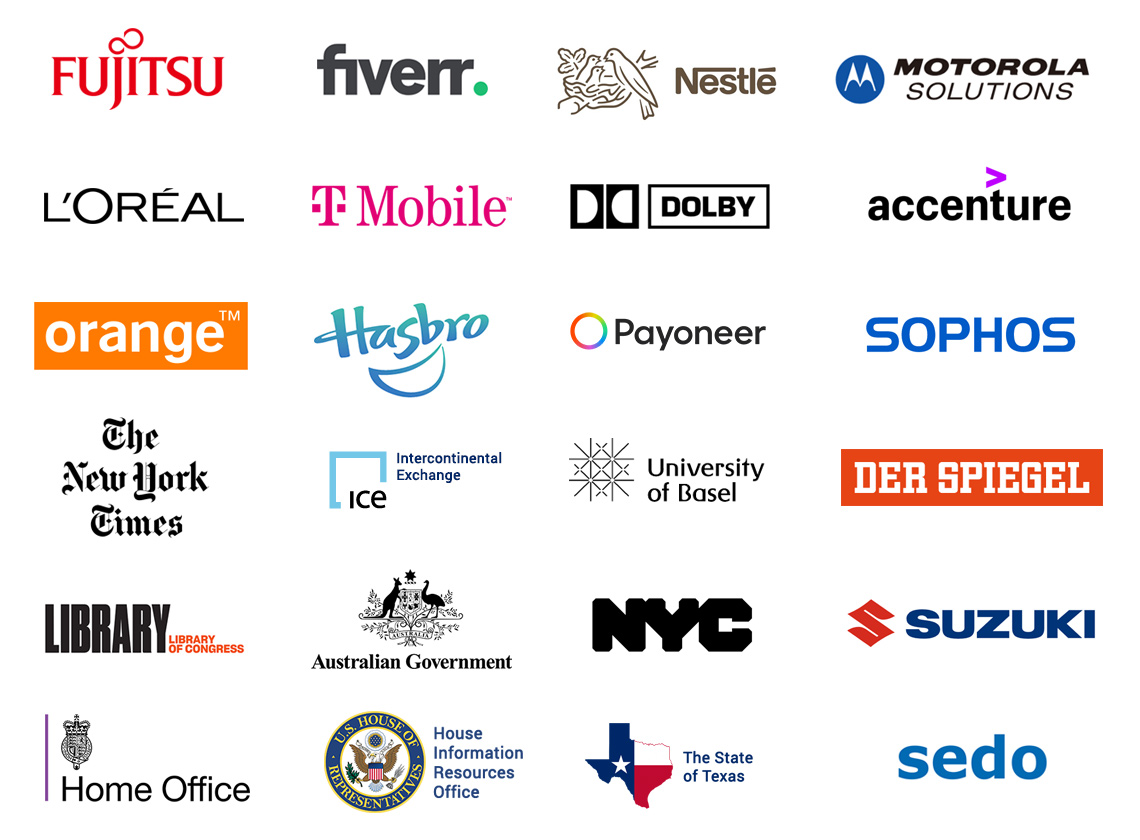TLDR: A demo speaks louder than a thousand words. You can connect to an online cybersecurity sandbox created by me and my team via browserling.com/browse. You can analyze and run untrusted apps, download, edit, and view suspicious files, and visit unknown links in a sandboxed environment without risking the security of your own computer.
Cybersecurity Sandbox – What Is It?
A cybersecurity sandbox is an isolated testing environment that allows users to execute and analyze untrusted software, links, or files without risking harm to the host device or network. It is commonly used to enhance security measures, enabling safe examination of potentially malicious code, testing of suspicious downloads, and assessing the behavior of unknown applications. Such sandboxes are a critical tool in proactive cybersecurity defense strategies as they help identifying threats and vulnerabilities before they can impact operational systems.
How Does a Cybersecurity Sandbox Work?
A cybersecurity sandbox operates by creating a dedicated, isolated cloud server or virtual machine for every analysis session. This method guarantees that the user's primary system and local network remain unaffected, as all operations within the sandbox occur remotely. This isolation allows to safely examine files and malware without risk as each session starts afresh to prevent cross-session contamination. Once the analysis is complete, the sandbox environment, including all its contents and the virtual machine itself, is completely purged, ensuring no residual files or threats remain. This ensures a secure environment for analyzing suspicious content without compromising local system's integrity.
What Are Cybersecurity Sandbox Use Cases?
URL Redirect Checks
Cybersecurity sandboxes allow to safely examine URL redirects to identify potentially harmful websites or phishing scams without directly visiting them.
Application Analysis
New or updated software can be executed in a cybersecurity sandbox to verify its integrity and ensure it does not perform malicious actions or contain vulnerabilities.
Suspicious File Analysis
Documents, such as PDFs, Word, Excel, and PowerPoint files, which are common vectors for malware delivery, can be opened in a cybersecurity sandbox to detect hidden malicious content or exploits.
Suspicious Web Page Analysis
Suspicious or untrusted websites can be accessed within a sandbox to prevent malicious code from compromising the user's computer or retrieving sensitive information.
Malware Analysis
Cybersecurity sandboxes are used for safely running and analyzing malware, allowing security researchers to observe its behavior without risking the host system or network. This helps in understanding attack vectors and creating new defenses.
Email Attachment Analysis
Suspicious email attachments can be opened within a cybersecurity sandbox to check for malicious activity, protecting against malware and phishing attacks.
Phishing Email Analysis
Before opening and clicking on links from unknown sources in an email, they can be tested in a sandbox environment to check for malicious content without exposing the actual system to potential threats.
Post-Incident Forensic Analysis
Following a cybersecurity incident, sandboxes are used for forensic analysis, allowing experts to safely replicate the attack to understand vectors and impacts without endangering live environments.
Software Vulnerability Research
Security researchers use cybersecurity sandboxes to safely exploit vulnerabilities in software, helping to uncover potential security flaws before they can be exploited maliciously.
Geolocation Testing
Cybersecurity sandboxes can be configured to use IP addresses from various geographic locations to test if a website is accessible worldwide or if it delivers different content based on the user's location, which is useful for identifying geo-blocking or localized threats.
What Is Browserling?
Browserling is a cybersecurity sandbox that provides quick access to virtual browsers, allowing users to safely test and interact with web content across different browsers without risking their own systems. It offers a secure platform for testing website compatibility, conducting cross-browser tests, and evaluating web content under various conditions, making it an invaluable tool for developers and cybersecurity professionals.
Who Uses Browserling?
Browserling has now become the cybersecurity sandbox platform of choice for security professionals and it's used by hundreds of thousands of users around the world every month. Browserling's customers include governments, states, cities, banks, stock exchanges, universities, newspapers, Fortune 100, Fortune 500 companies, and private multi-billion dollar companies.

Browse safe!
